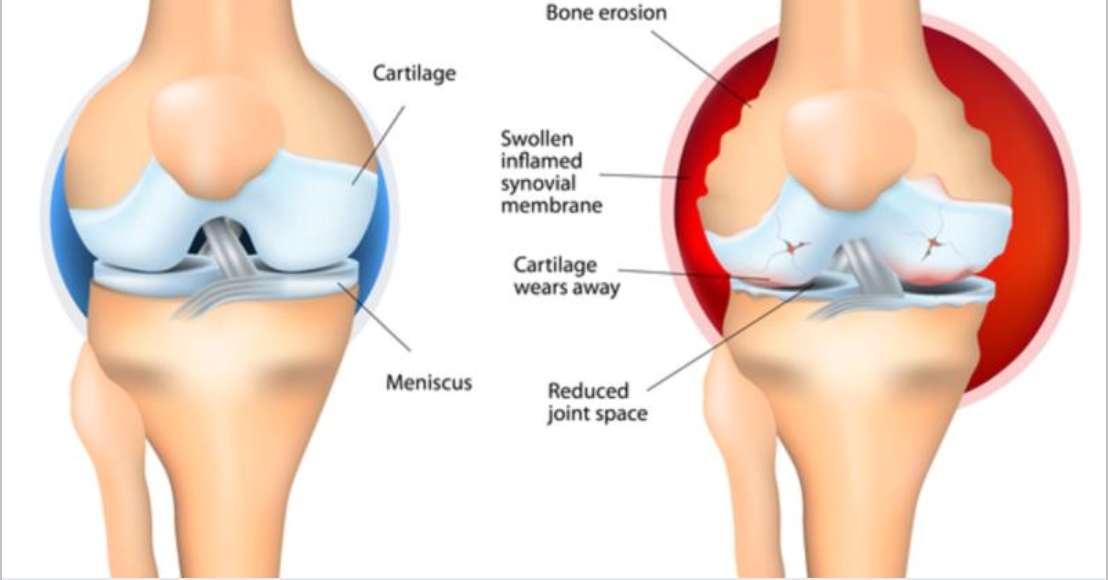PalinGen and PalinGenFlo are innovative new ways of helping patients with degenerative disc disease, arthritis, and various orthopedic joint problems through a process called stem cell recruitment. They generally work via amniotic injections, including knee injections and joint injections.
They can be administered either in a doctor’s office or a hospital surgical center. In fact, amniotic interventions have been in use for a century, but exciting new applications are only now coming to light.
PalinGen Membrane
PalinGen Membrane products contain irradiated cryopreserved amniotic membrane, or AM, the innermost layer of the placenta. This is a source of extracellular matrix, laminin, and growth factors at enriched levels. Together, these components promote tissue regeneration.
The final allograft (a term meaning a substance transferred from a donor to a recipient) tissue is quite thin, can be stored at room temperature, and can be employed for a variety of clinical purposes, aided by the fact that AM lacks the proteins that can trigger an antigen reaction.
PalinGenFlo
PalinGenFlo products contain both irradiated amniotic membrane and amniotic fluid (AF.) AF adds collagen, hormones, enzymes, lipids, cytokines, amino acids, electrolytes, carbohydrates, and extra grown factors to the mix. These components make them an antimicrobial environment and give them anti-inflammatory, anti-adhesion, and anti-fibrotic properties. They help new cells form at the site of an injury and so promote healing. This makes them useful in addressing a variety of conditions including damage to tendons, nerves, fascia, muscles, and even bone. In the process, they can reduce adhesions and scarring.
To put it another way, injuries frequently involve damage to the extracellular matrix (ECM) that forms ligaments, tendons, and muscles. Collagen is the most common protein in the ECM and accordingly plays a critical role in cellular attachment and tissue repair. Collagen is also a key component of PalinGenFlo; it boosts your supply when your body needs it most.
As a result, PalinGenFlo has proven useful in a number of surgical specialties including orthopedic surgery, where it is injected through a 22g needle to address synovial injuries, injuries to chondral surfaces, tendinosis, chronic tendinopathies, and chronic fasciosis. In neurosurgery, it helps with pain and chronic neuritis, while in spinal surgery, it reduces scarring, fibrosis, and the risk of nerve entrapment. (In animal studies, it’s helped with bone healing, too, although this has yet to be demonstrated with human beings.) In general surgery, it boosts tissue repair and reduces adhesions and scarring.
Burn specialists have found that PalinGenFlo provides superior topical wound therapy due to its anti-inflammatory and antimicrobial properties and that it fights scar formation. When addressing burns, it can be applied topically or subcutaneously. Wound specialists have discovered it offers excellent intradermal peri-wound therapy by creating a healthy antimicrobial environment. This balanced wound environment aids in angiogenesis.
In dental surgery, post-procedure intralesional gum implantation helps tissue regeneration and has the potential to help with gum insufficiency. In plastic surgery, PalinGen products reduce adhesion formation, fibrosis, and scarring, act as a tissue barrier, and in general are surgical supplements with a large number of uses.
PalinGenFlo contain substances that have been cryopreserved at very low temperatures, something that’s necessary to maintain their unique structure and biochemical properties. They must be kept frozen until they are used.
Where Does the Placental Material in PalinGen and PalinGenFlo Come From?
Donation is harmless to both mother and baby and entirely voluntary. Strict guidelines are in place to ensure the health of both donors and recipients. Donors are expectant mothers between 18 and 35 years of age, are certified healthy, and have not used medication or other chemical substances. Medical professionals take meticulous medical and social histories and perform blood tests to ensure this.
At the time of a healthy delivery via C-section, the medical team collects the placenta and amniotic fluid. These are themselves tested for viability and safety. Assuming they pass, they then go to one of several facilities for processing. All the facilities operate in compliance with FDA rules and are accredited by the AATB (the American Association of Tissue Banks.)

How Do PalinGen and PalinGenFlo Compare to Other Products Addressing Similar Complaints?
Platelet Rich Plasma (PRP) takes a patient’s own blood, extracts growth factors, and uses them to address various forms of injury. But its beneficial effect can be limited by the individual’s age, diseases he or she has had as long ago as six months previously, medications the person has taken, and mechanical degradation of the growth factors while they are being centrifuged.
Cortisone therapy, or synthetically produced steroid injection, fights inflammation and provides pain relief. But the benefits are often transitory, and due to the potential for harm, there’s a maximum dose that can only be administered to a particular anatomic area three times in any given year. Possible side effects include tendon rupture, skin thinning and/or discoloration, bone weakening, and elevated glucose.
In contrast, PalinGen products provide strong pain relief and antimicrobial effects, have no limitations on use (although a single use is often enough), frequently offer a viable alternative to steroids, surgery, and long-term physical therapy, are useful in treating plantar fasciitis, osteoarthritis, and tendinitis, and have no known side effects or maximum dose.
To learn more about PalinGen and PalinGenFlo, please reference this article by the Pain Relief Institute.



